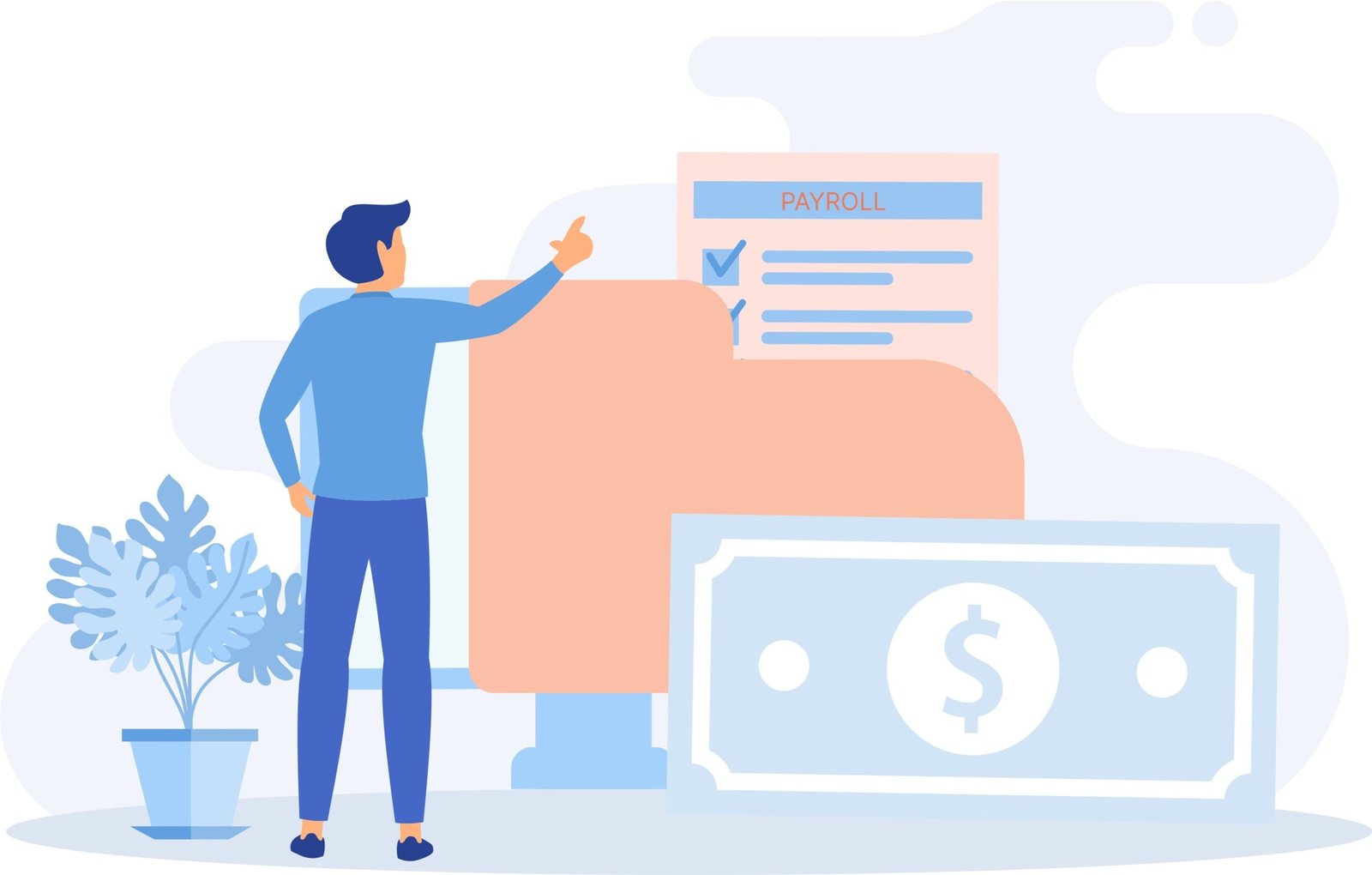Whether you want to develop an occupation, boost your individual skills, or just get a little more about tradition, skills in Spanish open lots of doors for you. However, learning a foreign language means much more than learning vocabulary and grammar by heart. Fluency is best attained through structured, expert-led strategies.
Targeted courses (especially those made by good teachers) are a very good way to learn a language and progress faster than a self-taught Spanish course. You can navigate your path toward fluency by first understanding major differences between different learning methods and choosing the one suitable to you.
Significance of Structured Spanish Classes in Understanding
If you want to get fluent, having a syllabus with each point coming together and flowing from one subject to another is another major reason why having classes on Spanish is inescapable. Classes led by an expert (unlike self-study or the use of apps) have clear milestones and measurable goals.
These are language-based programs that teach the foundational skills of speaking, listening, reading, and writing. Every lesson is based on the previous one, allowing the use of a progressive learning model that helps newbies go from vocabulary to complex grammar. Immediate feedback from expert guidance allows for fast learning without mistakes.
In addition, structured lessons create a collaborative learning environment so that group discussions and interactive exercises can be encouraged. It indeed creates a congenial environment that improves retention and raises confidence levels, making it easier for the students to comprehend and use their language skills effectively.
Immersive Learning and Its Impact on Language Fluency
The quickest path to fluency is to immerse yourself. Students are immersed in various contexts to use Spanish naturally. Instead of memorizing phrases, immersive classes help you think in Spanish, which is the secret to fluency. This fiercely pragmatic method delights the students and builds confidence and fluency because they are showing the students how to apply what they learn in their everyday life.
Many of these expert-led courses also come with other resources like field trips, conversation clubs, or digital platforms to help students practice beyond the classroom. Such experiences also complement the learning that takes place in the classroom and enable students to speak with native speakers to gain more language practice outside of the classroom.
The Benefits of Personalized Attention in Language Classes
Another important difference between regular language classes and self-study methods is the attention you get. A seasoned instructor can evaluate your specific needs and modify course material to meet your learning style. Such a personal approach is crucial for something like language learning, where one weaker area can cause havoc for some students while the other can fly through.
For instance, the one who knows most effectively how to grasp interlineation rules but has difficulty pronouncing. Others may be good conversationalists and poor readers. Experienced instructors can tailor lessons accordingly to focus on these individual problem areas and offer assistance on a person-to-person basis so that every student is getting the assistance that they require in order to do well.
Moreover, individualized instruction provides targeted practice. Teachers are able to spot the most common mistakes and correct them on the fly and help students prevent pitfalls before they become habitual. One-on-one guidance can drastically cut down the time to attain fluency, as it ensures that students are on the right course and increases their confidence in language ability.
How to Maximize Your Spanish Learning Experience
This builds upon what we already know for optimal and effective Spanish learning—work with it and practice it. Successful learners speak, read, and listen to Spanish outside the class via watching Spanish films, reading, and using conversation groups. This way you can motivate yourself and check your progress, setting achievable goals like speaking Spanish every day or learning a certain number of vocabulary terms every week.
Since you will need to use the language to upkeep the norm, take whatever course will allow you to continue learning. Regular classes and extra activities keep your skills in practice and growing! For example, Spanish classes in San Diego commonly come with different levels and specialist classes and can be held on a long-term basis so that the students can get an opportunity to continue studying and developing their knowledge.
Conclusion: Getting Fluent in Spanish with Professional Help
The truth is that classes with professionals who will teach you, logically, engagingly, and personalized, will always be the number one way to reach Spanish fluency. Choosing a class with these three differences will ensure your language journey remains efficient and effective. Great instructors not only stick with you in navigating the intricacies of the language but also equip you with the right tools to bolster your confidence and fluency.
Whether you’re a total beginner or want to flesh out what you already know, joining a structured class is a key step toward mastery. The quality of the guidance you get will determine how fast you reach your language learning goals and how well you achieve your objectives. Train well by using trusted providers such as the Culture & Language Center.














Leave a Reply